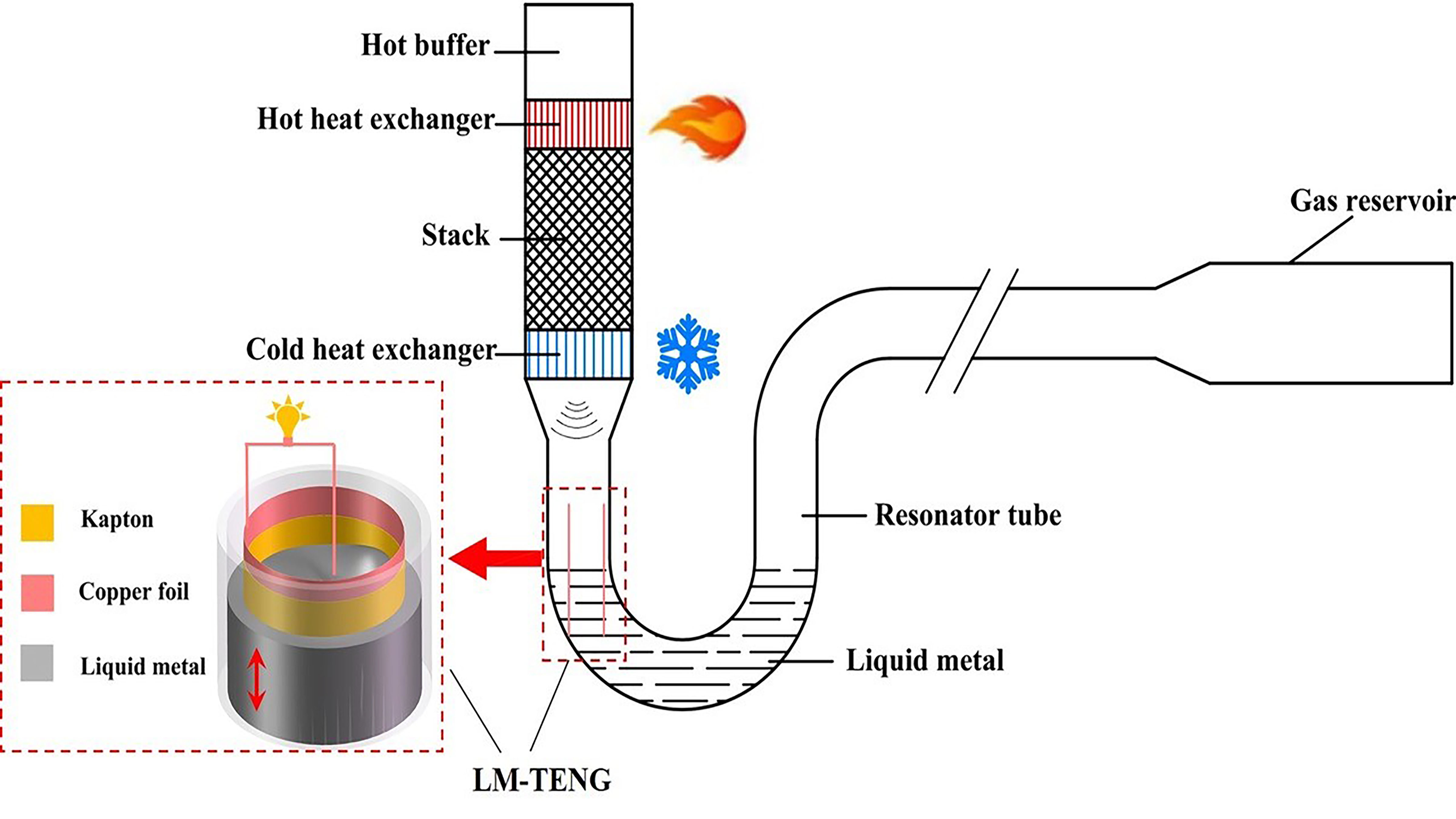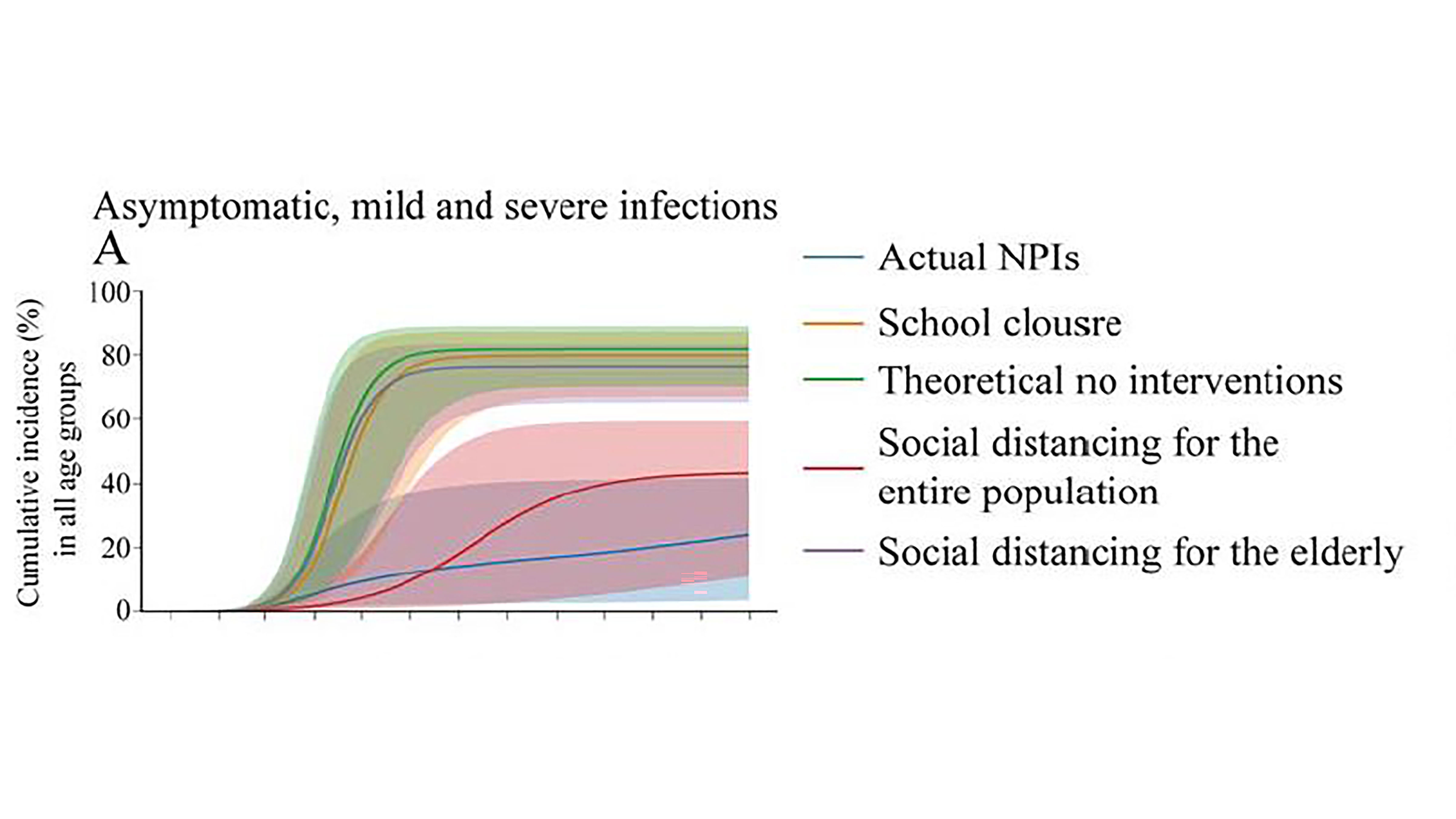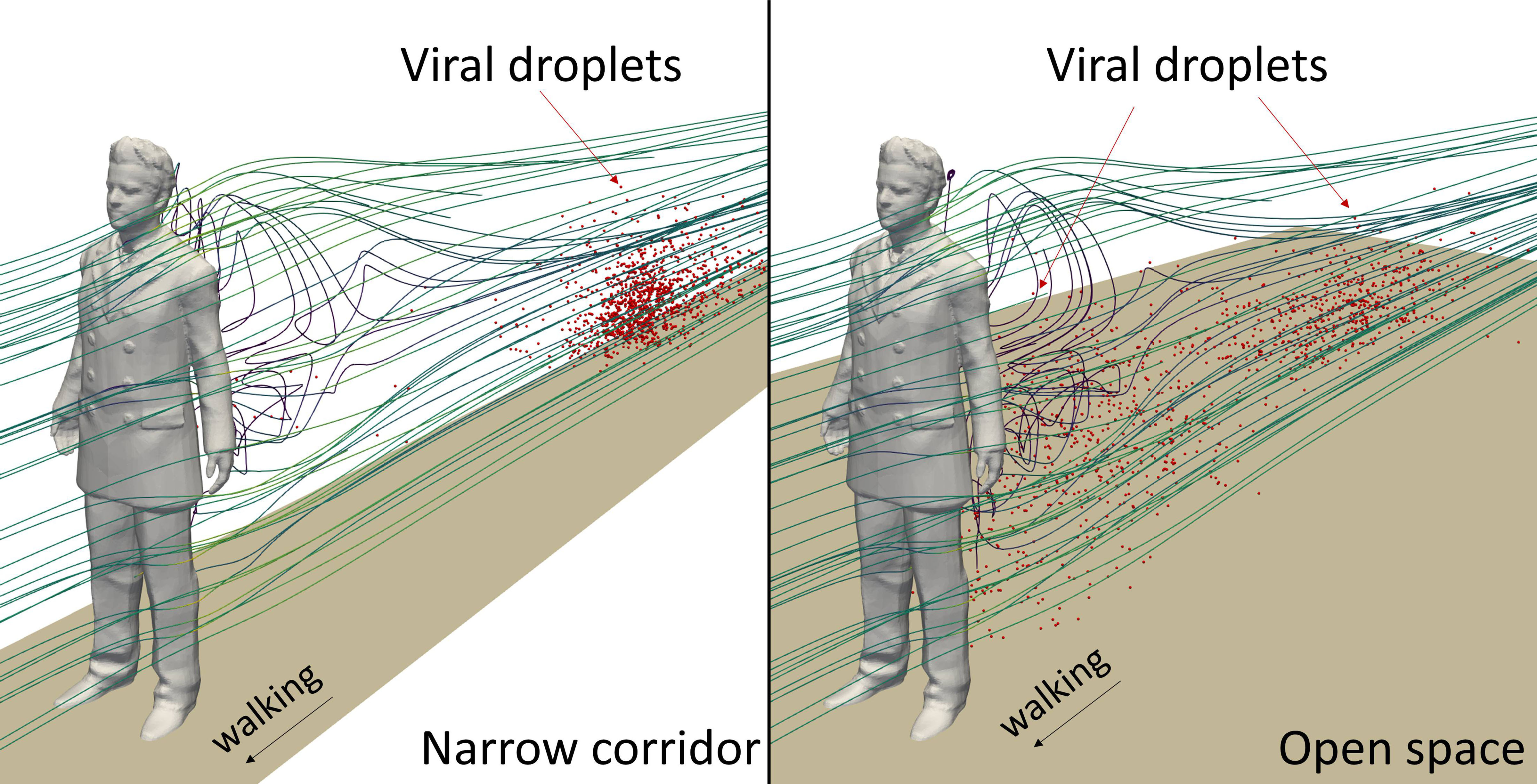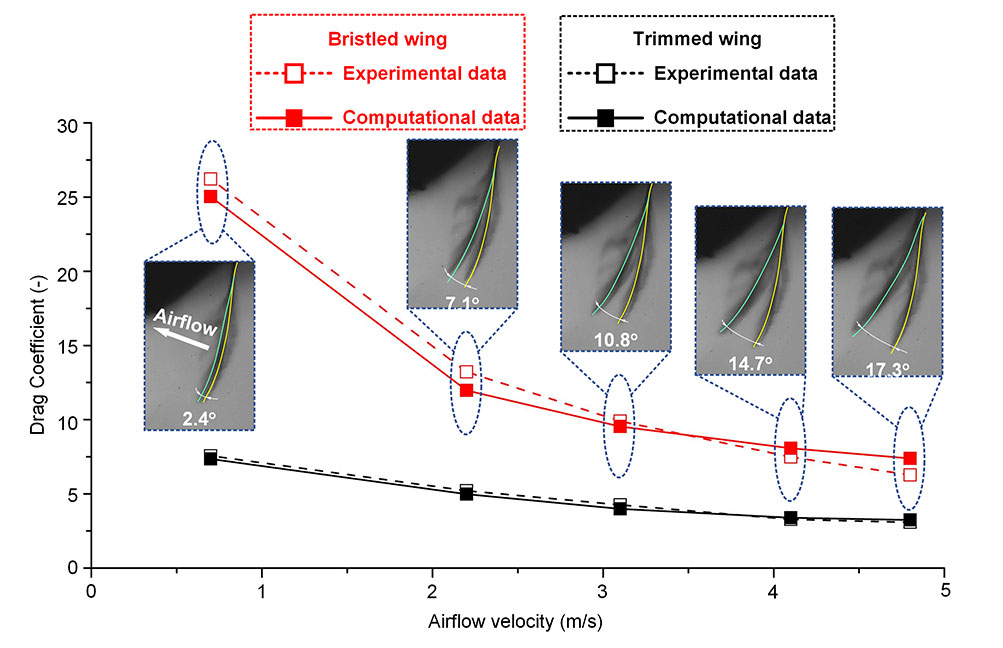For telescopes operating in the vacuum of space, or optical equipment in extreme environments, existing coatings are often insufficient. In the Journal of Vacuum Science & Technology Aresearchers in China turned to atomic layer deposition and developed an ultrablack thin-film coating for aerospace-grade magnesium alloys. The team used alternating layers of aluminum-doped titanium carbide and silicon nitride and together the materials prevent nearly all light from reflecting off the coated surface. The coating absorbs 99.3% of light while being durable enough to survive in harsh conditions.
Tag: Chinese Academy of Sciences
CityU co-hosts online science and tech conference with Nature journals; pre launch for CityU’s HK Tech Forum
Leading scientists exchanged innovative views on contemporary trends in the chemistry of 2D materials at a three-day online conference co-organised by City University of Hong Kong (CityU) and Nature Conferences, the preeminent series curated by the highly prestigious science journal Nature and Nature journals.

Thermal Power Nanogenerator Created Without Solid Moving Parts
As environmental and energy crises become more common, a thermal energy harvester capable of converting abundant thermal energy into mechanical energy appears to be a promising mitigation strategy. The majority of thermal power generation technologies involve solid moving parts, which can reduce reliability and lead to frequent maintenance. This inspired researchers in China to develop a thermal power nanogenerator without solid moving parts. In Applied Physics Letters, they propose a thermal power nanogenerator that converts thermal energy into electrical energy.

School Closures May Not Reduce Coronavirus Deaths as Much as Expected
School closures, the loss of public spaces, and having to work remotely due to the coronavirus pandemic have caused major disruptions in people’s lives all over the world. After running thousands of simulations of the pandemic response in New York City with variations in social distancing behavior, researchers suggest a reduction in fatal coronavirus cases can be achieved without the need for so much social disruption. They discuss the impacts of the closures of various types of facilities in the journal Chaos.

Fast Walking in Narrow Corridors Can Increase COVID-19 Transmission Risk
Simulations have been used to predict droplet dispersal patterns in situations where COVID-19 might be spread and results in Physics of Fluids show the importance of the space shape in modeling how droplets move. The simulations are used to determine flow patterns behind a walking individual in spaces of different shape. The results reveal a higher transmission risk for children in some instances, such as behind quickly moving people in a long narrow hallway.

Highly Sensitive Sensors Show Promise in Enhancing Human Touch
People rely on a highly tuned sense of touch to manipulate objects, but injuries to the skin and the simple act of wearing gloves can impair this ability. In this week’s Applied Physics Reviews, scientists report the development of a new tactile-enhancement system based on a highly sensitive sensor. The sensor has remarkable sensitivity, allowing the wearer to detect the light brush of a feather. This crack-based sensor was inspired by a spider’s slit organ.

Insects’ Drag-Based Flight Mechanism Could Improve Tiny Flying Robots
Thrips don’t rely on lift in order to fly. Instead, the tiny insects rely on a drag-based flight mechanism, keeping themselves afloat in airflow velocities with a large ratio of force to wing size. In a study published in this week’s Journal of Applied Physics, researchers performed the first test of the drag force on a thrip’s wing under constant airflow in a bench-top wind tunnel. Drawing from experience in microfabrication and nanomechanics, they created an experiment in which a thrip’s wing was glued to a self-sensing microcantilever.